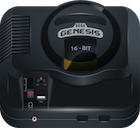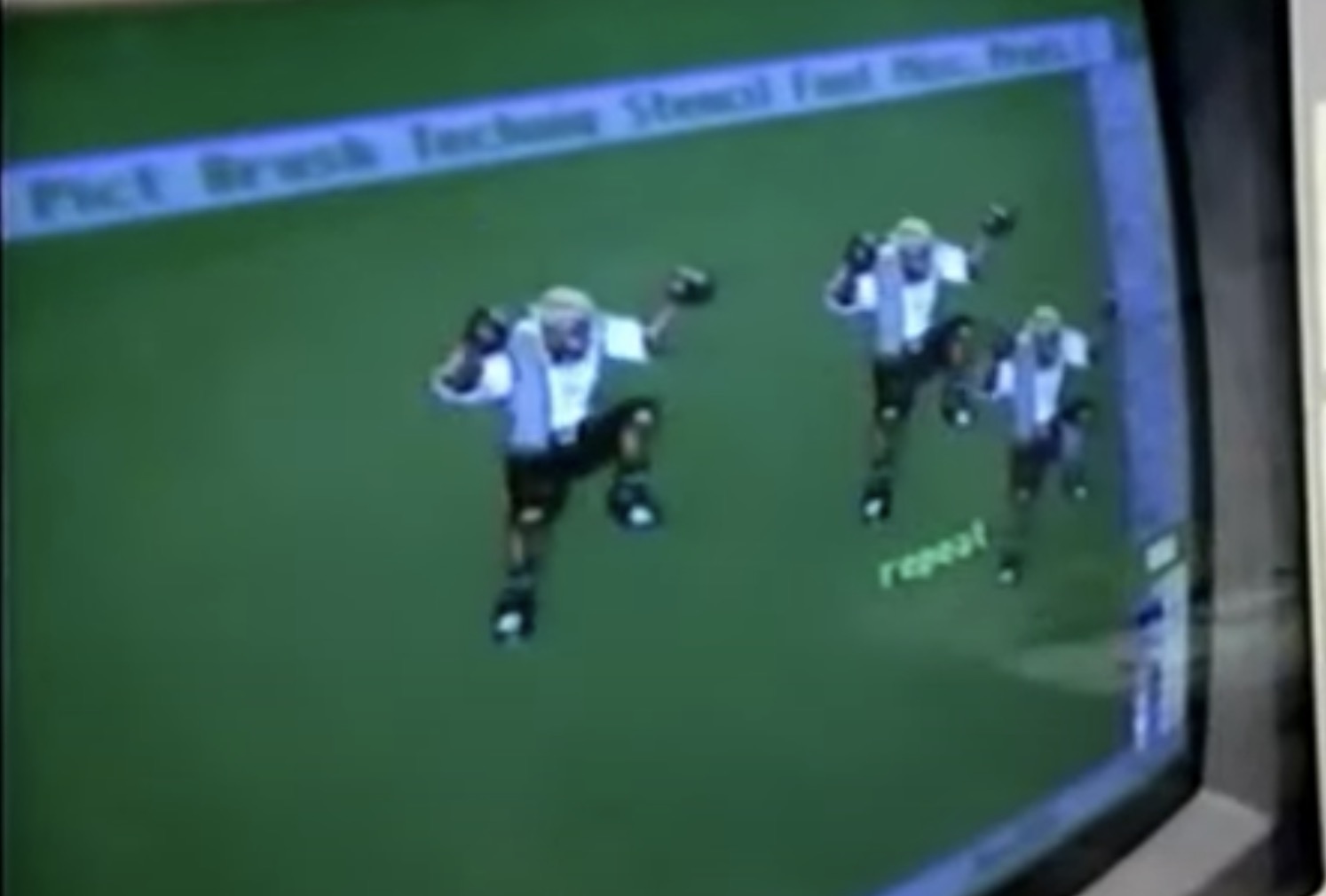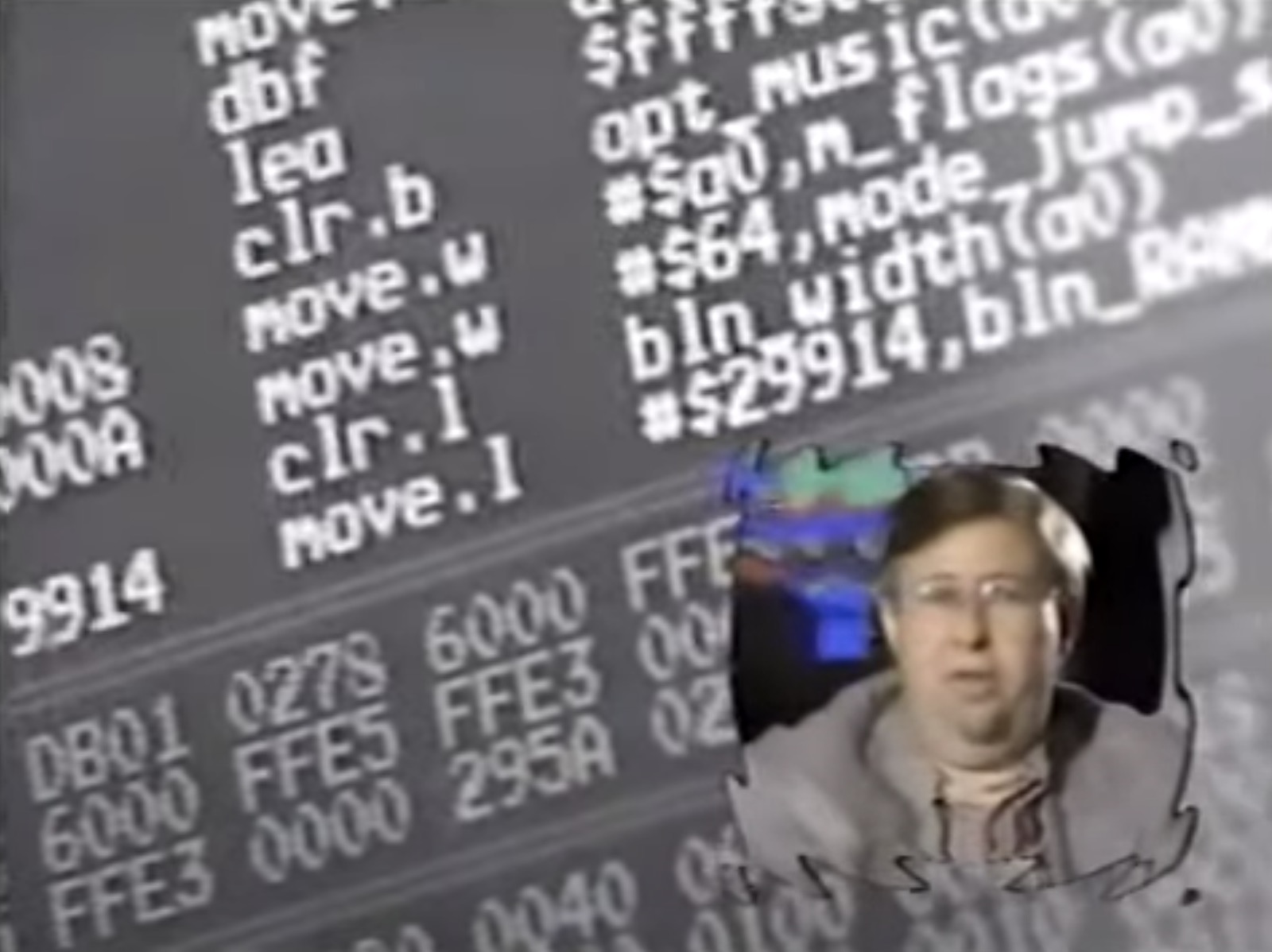
This rare documentary was part of Careers for the 21st Century by Takeoff Multimedia, it shows what life was like as a developer working at SEGA in 1993. This was probably created to inspire kids to want to get into the games industry, as if children needed more motivation to make games for a living!
The documentary starts with an introduction by Ron Barber from Takeoff Multimedia with some rather 90s video effects and acting, it can be quite funny watching it in the present day.
Interview with Roger Hector who was VP of the SEGA Technical Institute at the time claiming that talented game developers are like “Rockstars” and can make quite a bit of money. In fact they even go as far as to use the phrase “License to Print Money” and compare it to the successful career of Bill Cosby… (Doesn’t age well).
The documentary lists the jobs that were available at SEGA at the time, which are pretty much what you would expect:
Roger Hector shows off a prototype version of Sonic 3 which is a standard SEGA development cartridge with flashes EEPROMs that would run in a retail unit.
This was around the time that Sonic 3 was near the end of its development.
In a brief interview with Howard Drosson who is a Music director at SEGA Technical Institute he shows off all the technical equipment (sound modules, mixing board, keyboard) used to create great sound and music of the Genesis. He even shows off the Music development cartridge sticking out of a Genesis which connects to his development PC to download the music files after run. through his sequencer.

They then go on to interview Dean Ruggles who is an Animator at SEGA Technical Institute while he is working on the main character in Comix Zone’s animation.
It is hard to see from the footage what software he is using but along the top it has a menu of items that contains “Pict,Brush,?,Stencil”
He mentions that for him games are fairly quick, each games last a couple of months then he is on to the next game, very different to how the games industry is today!
This is followed by an interview with Dean Lester who is a producer at SEGA Technical Institute, he briefly describes his role at ensuring quality of the games produced at STI and managing the money assigned to each project.

There is then an interview with Adrian Stevens - Technical Director which he describes as a programmer with more responsibilities.
He briefly shows the development kit he is using is the Cross Products CartDev machine hooked up to his standard PC and a retail SEGA Genesis.
He even Demonstrates being able to pause and step through the game using the debugger on the pc.
Interview with Marti Thomson about her work as a Computer Graphics Artist at STI, more specifically a background artist, and appears to be showing off some sort of tile editor on her PC which has a similar menu to the Animation editor shown earlier.
The filming may have been done in 1993 as the YouTube title suggests but some of the edited footage is definitely from later as it shown SEGA Saturn games such as Bug, Clockwork Knight and Panzer Dragoon. Some commenters on YouTube believe it to be 1995 but Comix Zone was in development at the time for the in-person filming so it is likely to be earlier than that.